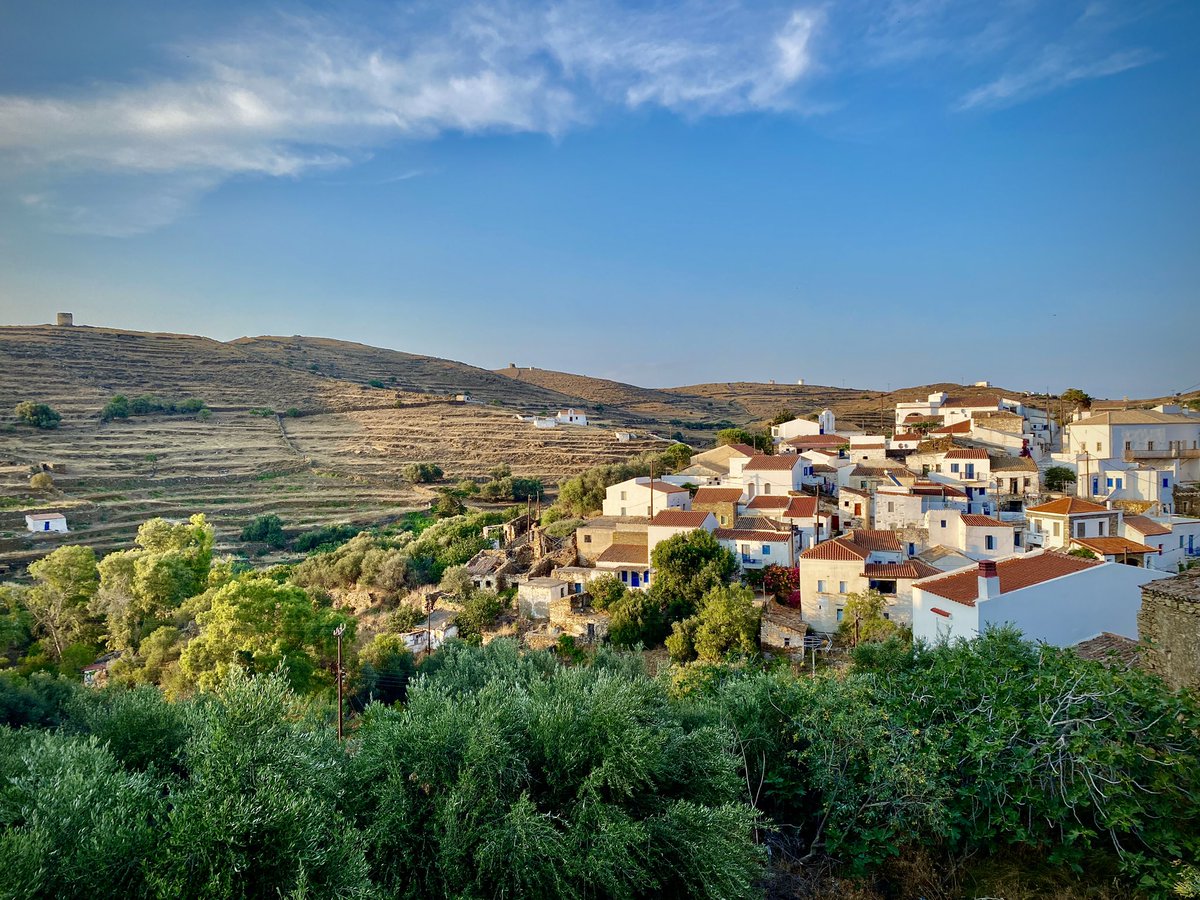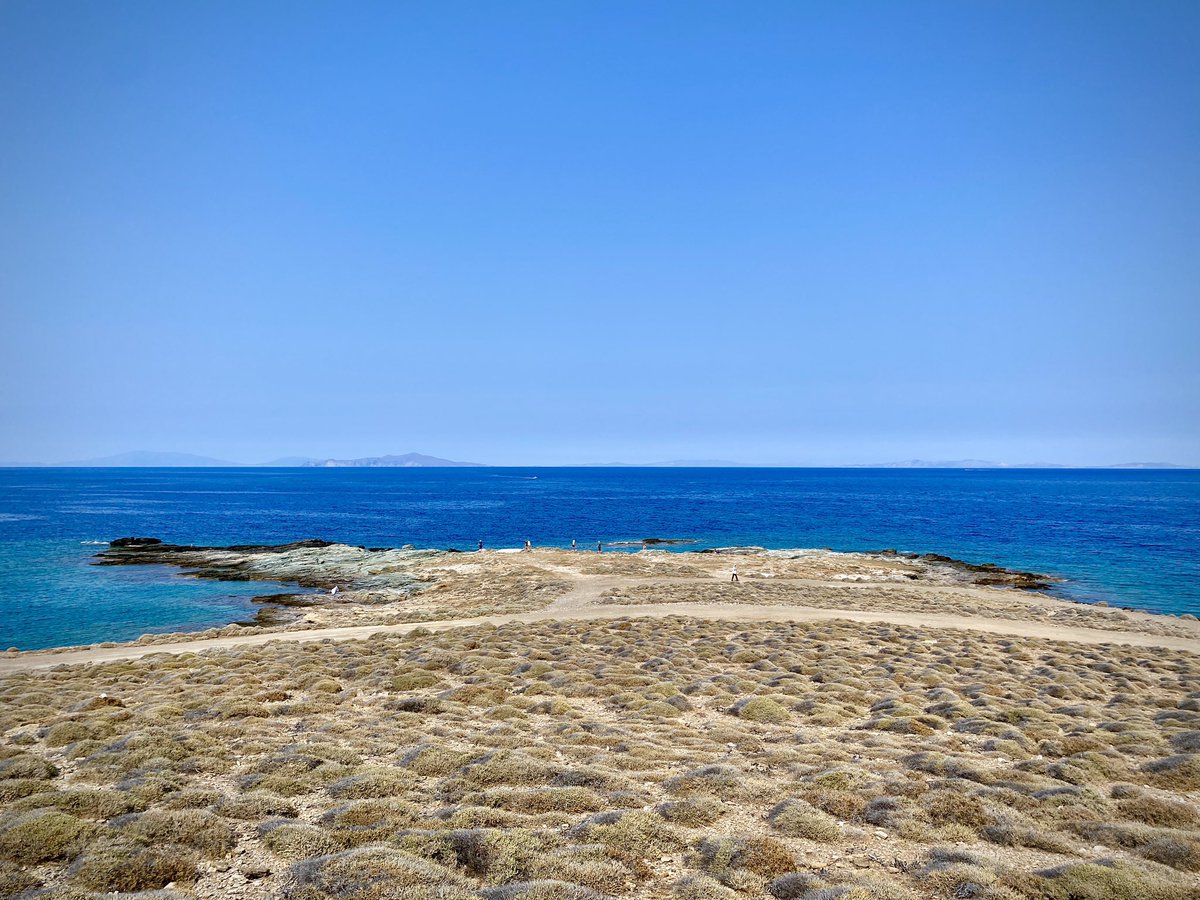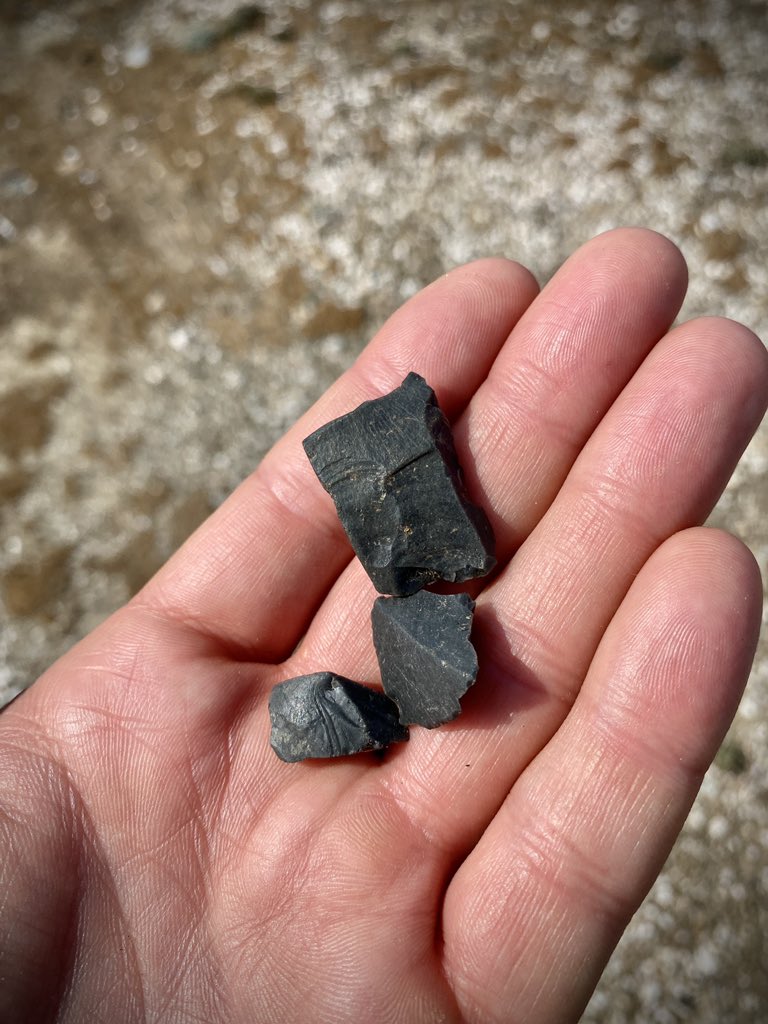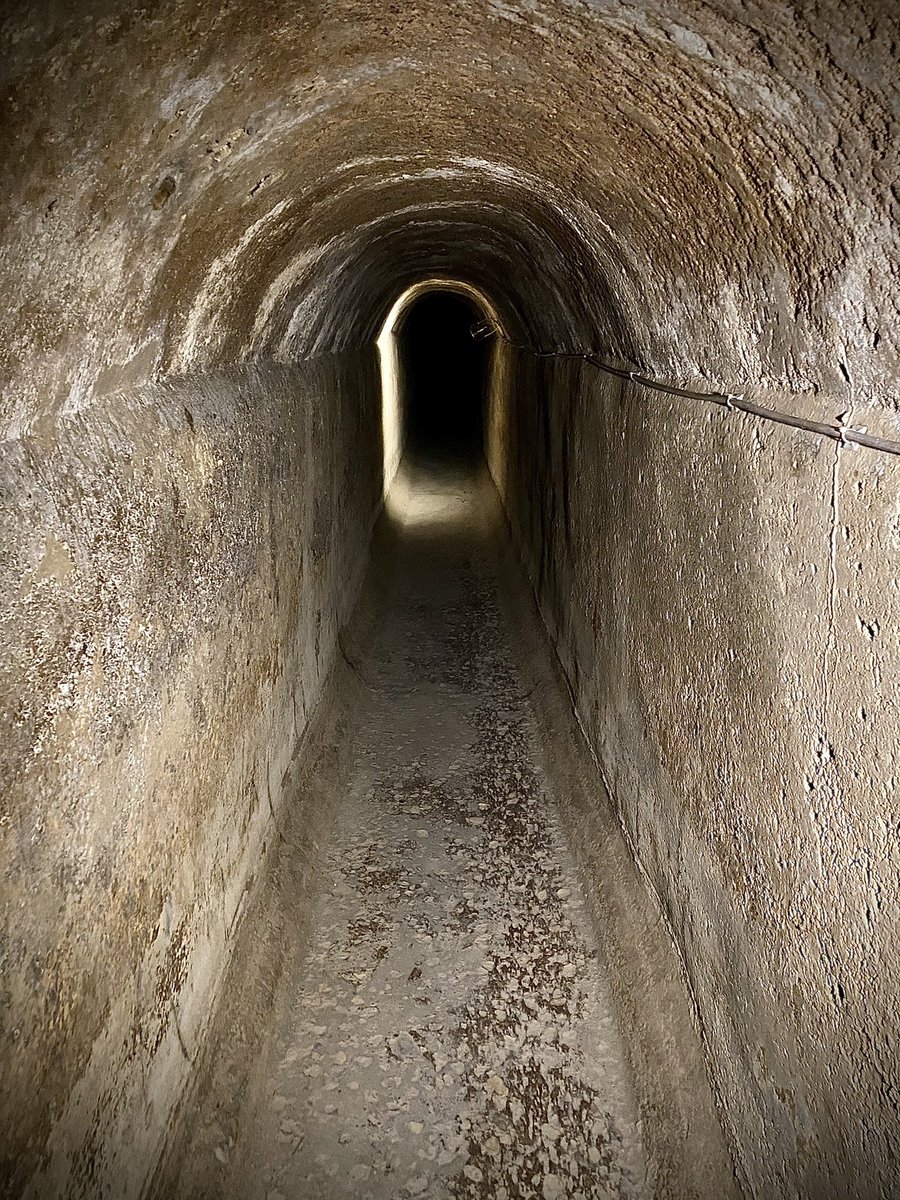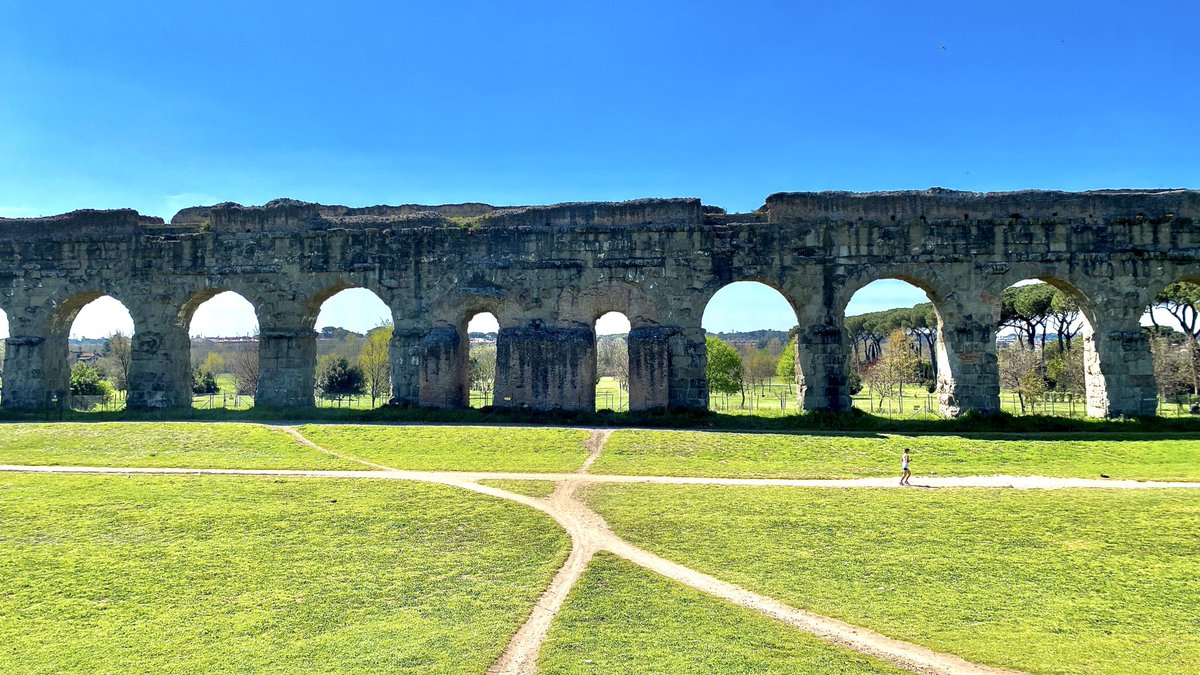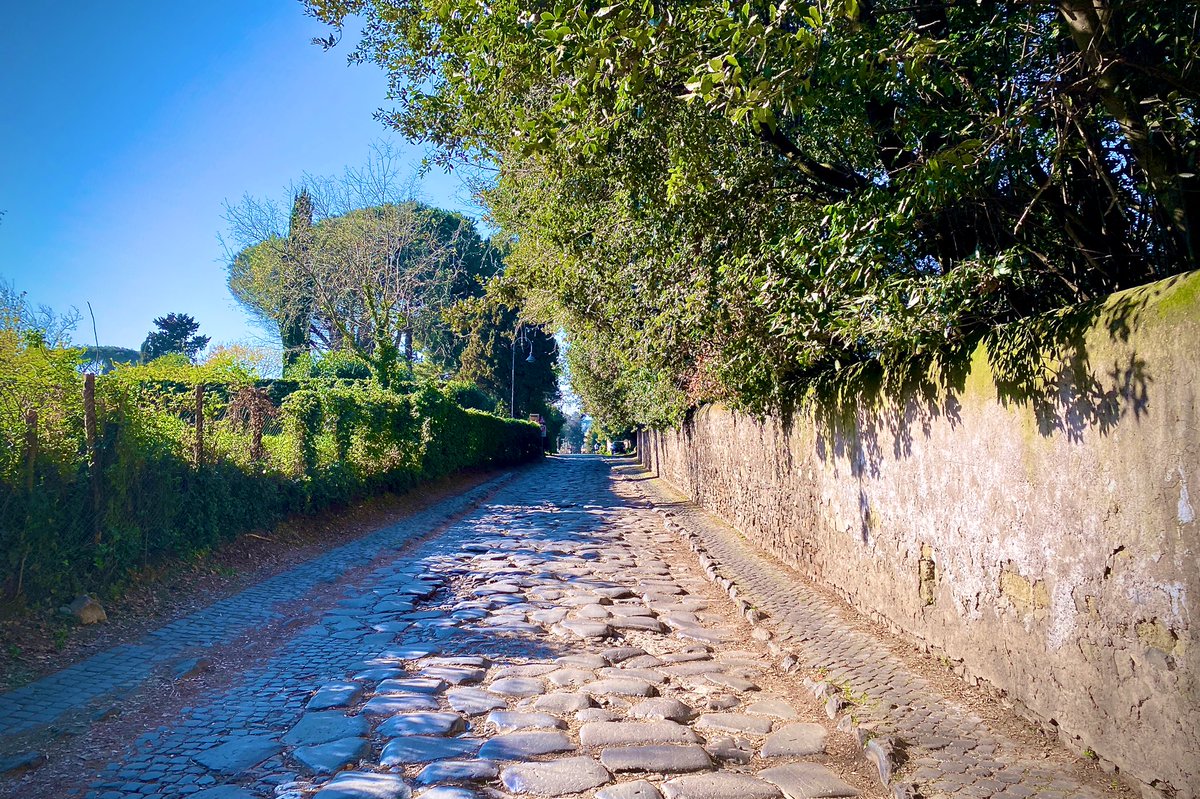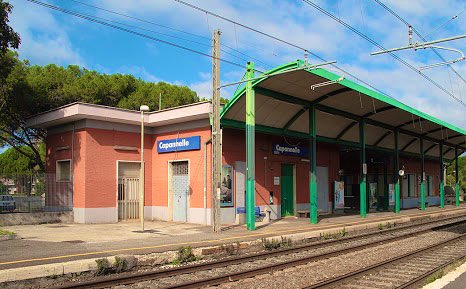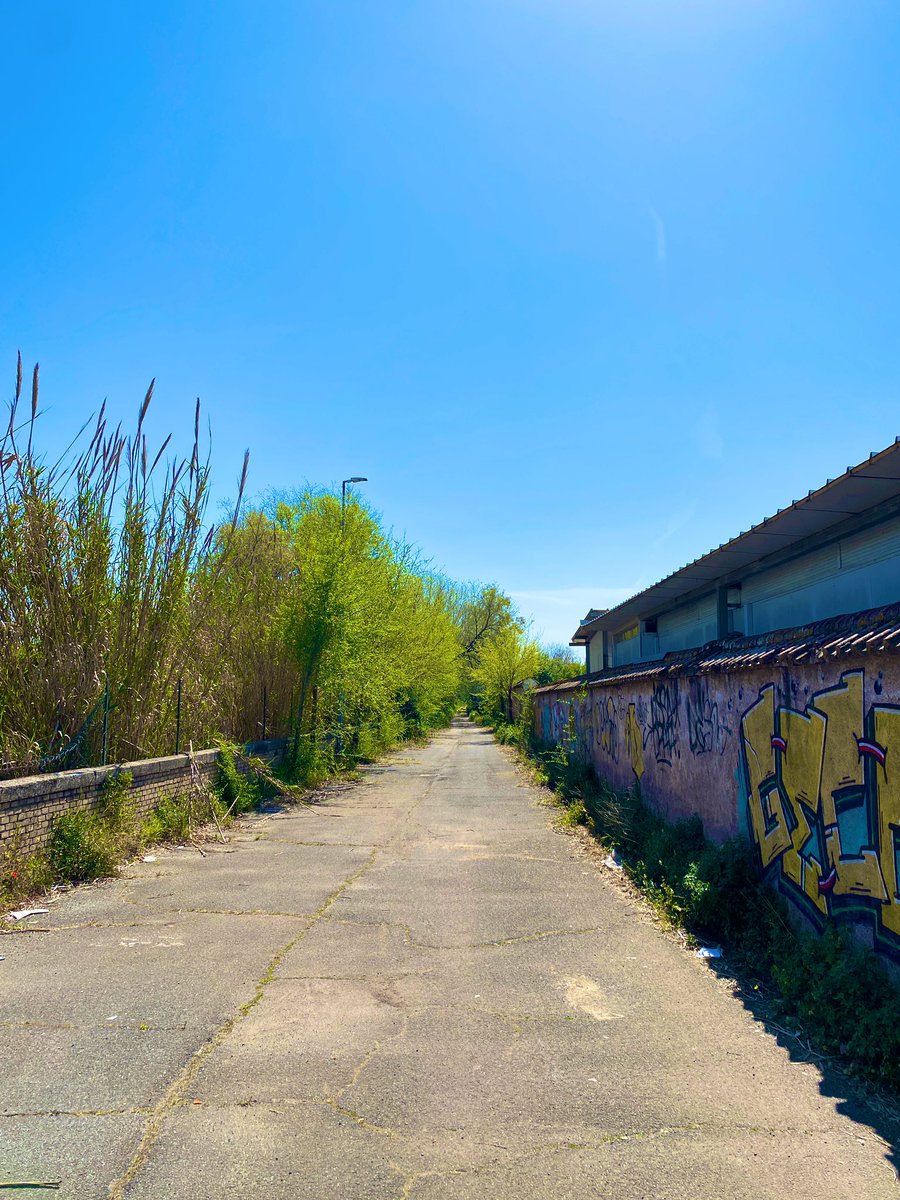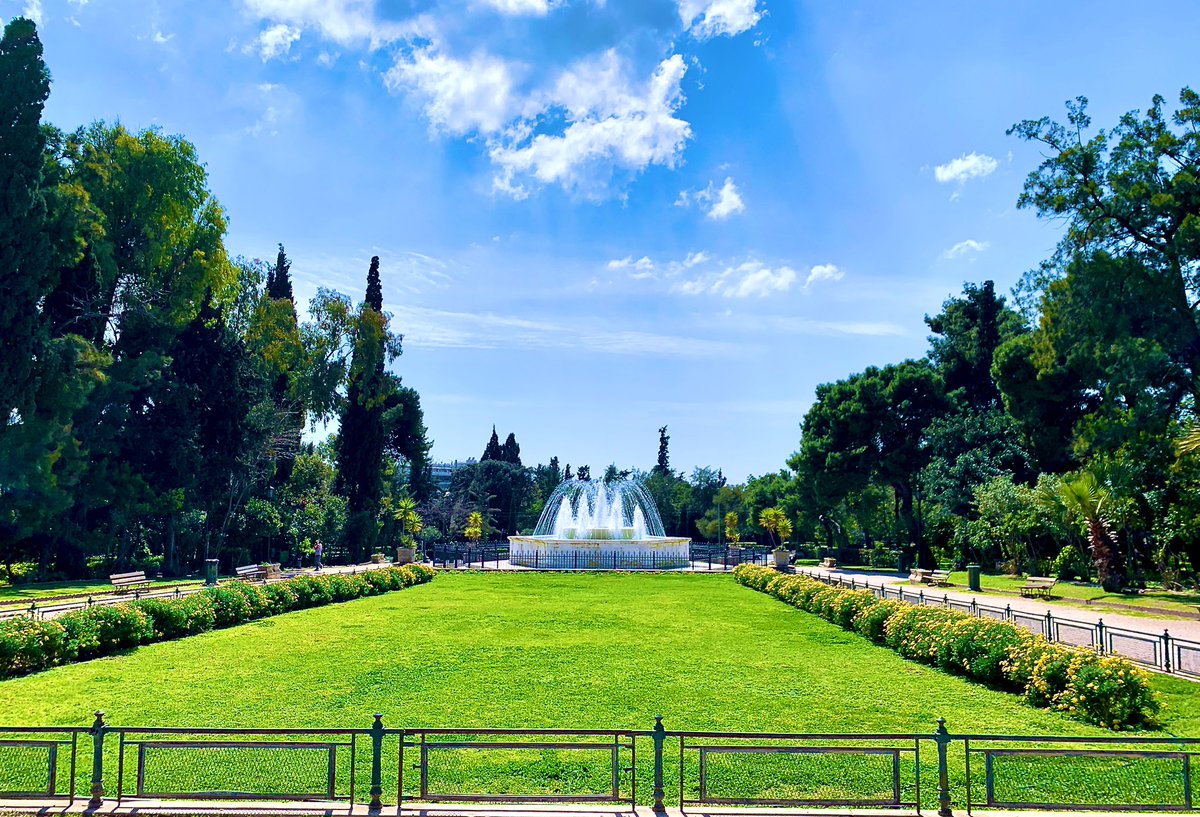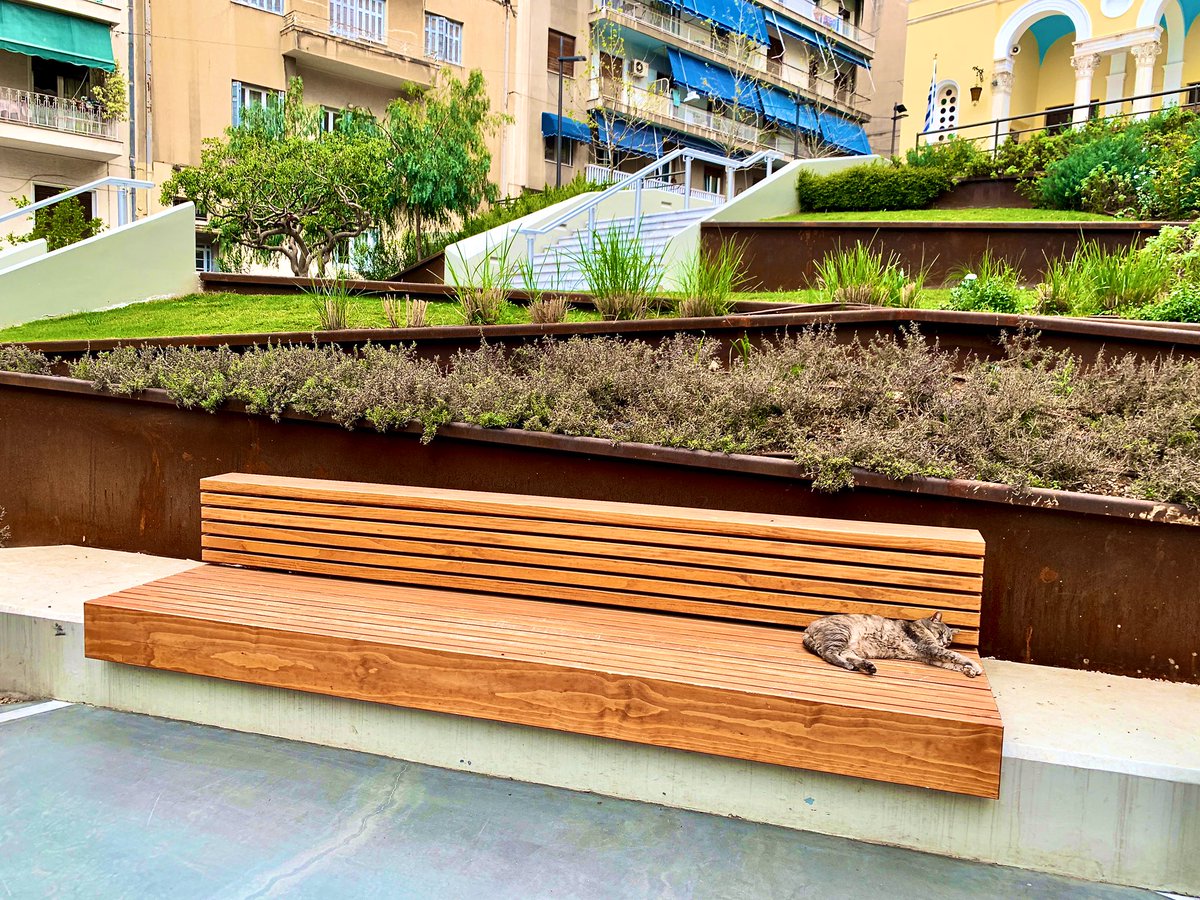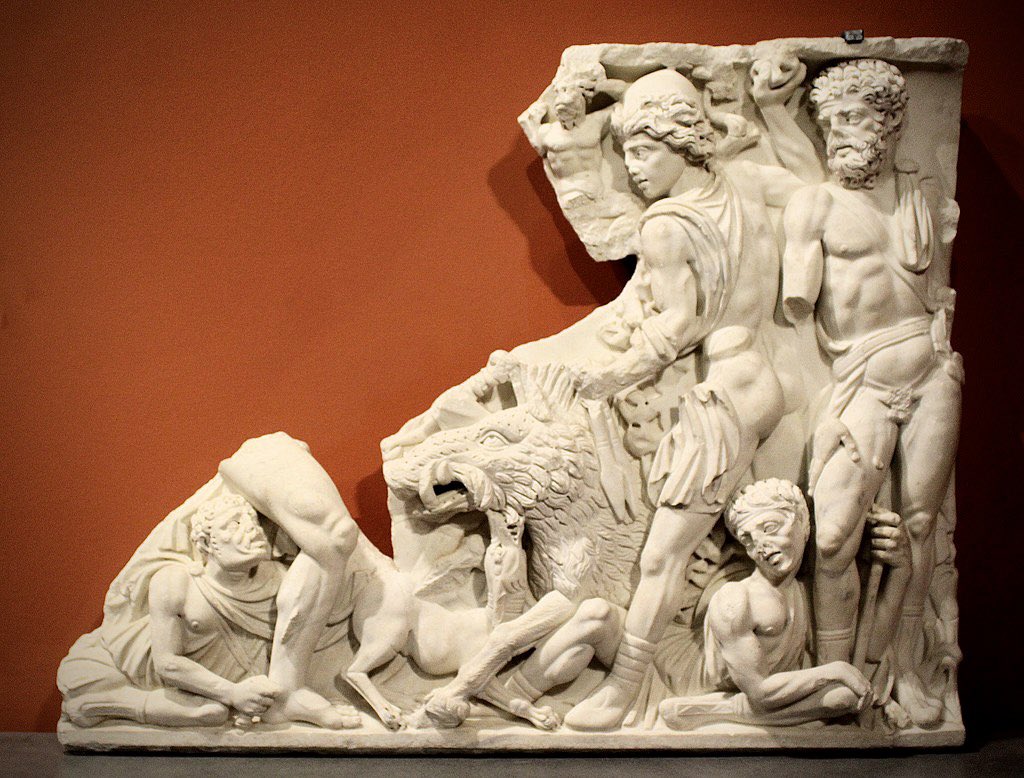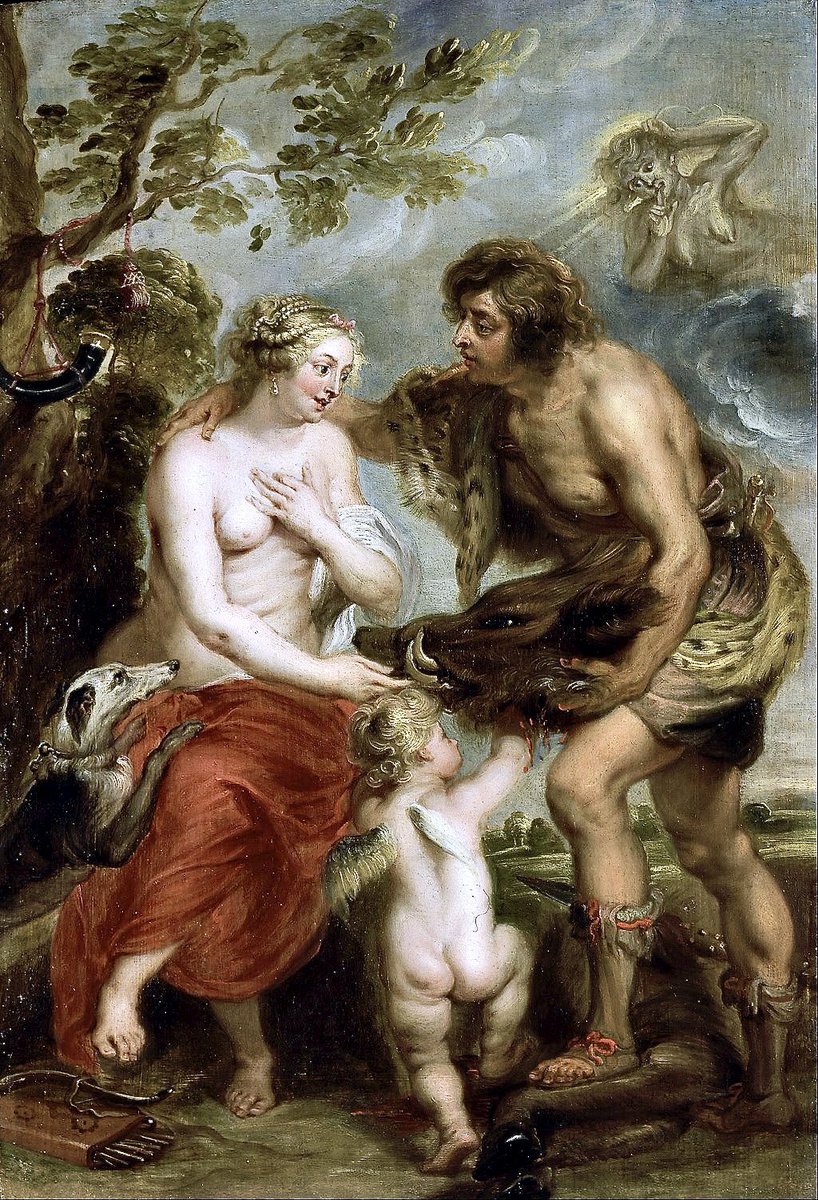
What was life like on a Cycladic island over 2,500 years ago?
Take a digital tour through Vryokastro, the ancient capital city of the island of Kythnos, with the archaeologists who know it best!
1/n
🏝🏺🇬🇷
#greece #archaeology #cyclades #travel
Take a digital tour through Vryokastro, the ancient capital city of the island of Kythnos, with the archaeologists who know it best!
1/n
🏝🏺🇬🇷
#greece #archaeology #cyclades #travel

2/ We met up with Alexandros Mazarakis Ainian & his team from @uth_gr who have been excavating the ancient city of Kythnos since 2002.
Combining survey, excavation, & underwater archaeology, they’re doing some of the most interesting work on the Greek islands today!
🏛
Combining survey, excavation, & underwater archaeology, they’re doing some of the most interesting work on the Greek islands today!
🏛

3/ The ancient city flourished from the 10th century BCE all the way until the 7th century CE, making it an incredibly long-lived site with fascinating archaeology.
Just offshore, the little island of Vryokastraki even has evidence for Early Cycladic & Mycenaean settlement!
Just offshore, the little island of Vryokastraki even has evidence for Early Cycladic & Mycenaean settlement!

4/ The ancient city was first discovered 185 years ago, when the German archaeologist Ludwig Ross visited the island in 1836.
Impressed by the preserved sections of ancient fortification walling, he penned this quick sketch of the site to accompany his description!
Impressed by the preserved sections of ancient fortification walling, he penned this quick sketch of the site to accompany his description!

5/ The @uth_gr team is currently excavating at the summit of the ancient Acropolis, which was home to a large sanctuary of Demeter.
This is the first year of excavation at this part of the ancient city, and we’re excited to see what they uncover!
This is the first year of excavation at this part of the ancient city, and we’re excited to see what they uncover!

6/ Just downhill is a large terrace that houses a long multi-phase Doric temple dedicated to both Aphrodite & Asclepios: an odd pairing, if you ask me!
Atop its schist foundations, the building was built with a fossil-rich limestone that had to be imported from Attica.
Atop its schist foundations, the building was built with a fossil-rich limestone that had to be imported from Attica.
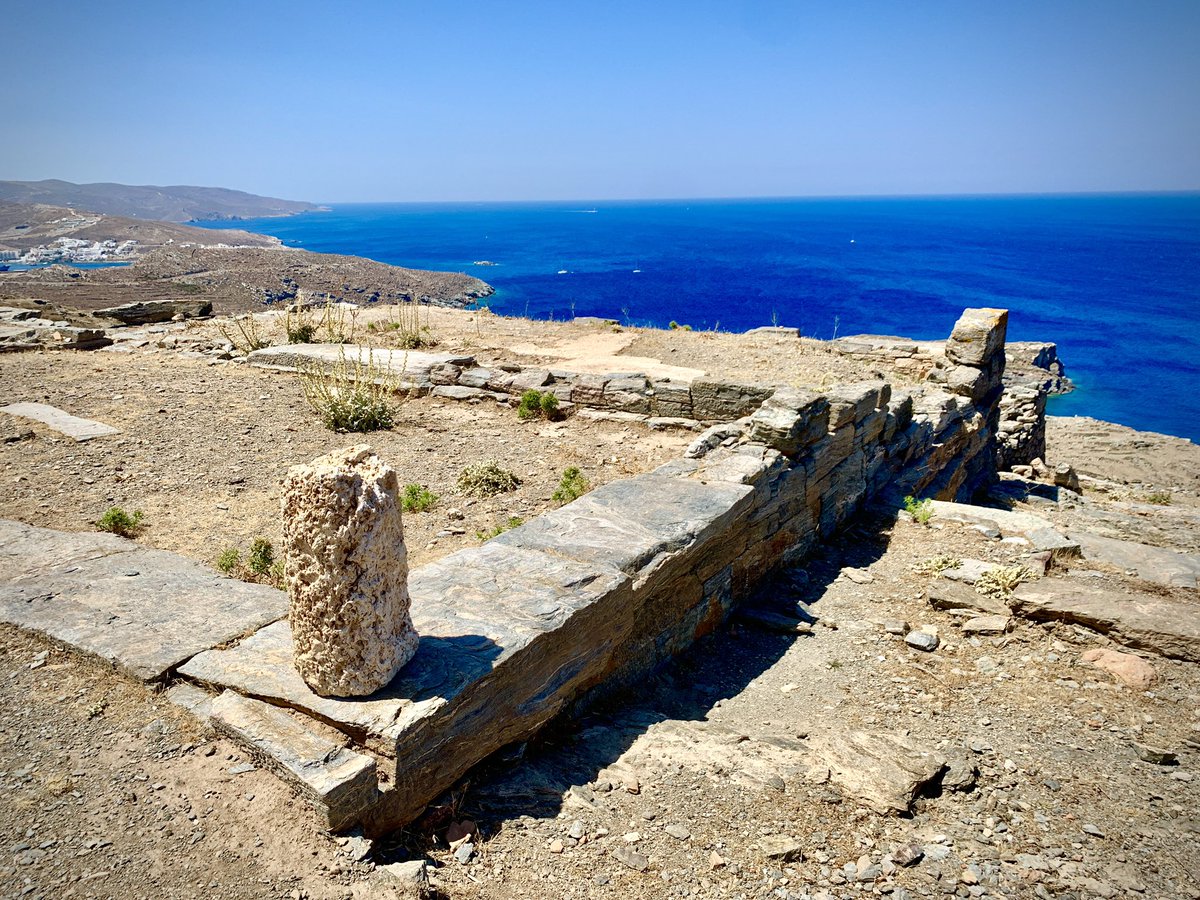
7/ The building was originally built during the late Classical period, but was continually renovated long after the Romans came into control of the Cyclades.
The excavation of statues of Asklepios & Aphrodite from the building helped the archaeologists identify the sanctuary!
The excavation of statues of Asklepios & Aphrodite from the building helped the archaeologists identify the sanctuary!

8/ Just next to the sanctuary, the archaeologists discovered a large block of high quality Pantelic marble from Athens.
After careful study, they determined that it was a small section of the large l cult statue of Aphrodite, carved by the famous Hellenistic sculptor Damophon!

After careful study, they determined that it was a small section of the large l cult statue of Aphrodite, carved by the famous Hellenistic sculptor Damophon!


9/ Yet another sanctuary was discovered, further down the slope of the Acropolis.
Destroyed by an earthquake in the Hellenistic period, a simple Doric temple on a platform was dedicated to Artemis & Apollo and filled with unbelievably rich votive offerings!
Destroyed by an earthquake in the Hellenistic period, a simple Doric temple on a platform was dedicated to Artemis & Apollo and filled with unbelievably rich votive offerings!

10/ Like many Cycladic islands, fresh water was a major problem for the ancient inhabitants of Kythnos.
They solved this by building a long aqueduct in the archaic period, leading to this ornate rock-cut fountain house. There are also a *lot* of cisterns, some as deep as 8m!
They solved this by building a long aqueduct in the archaic period, leading to this ornate rock-cut fountain house. There are also a *lot* of cisterns, some as deep as 8m!
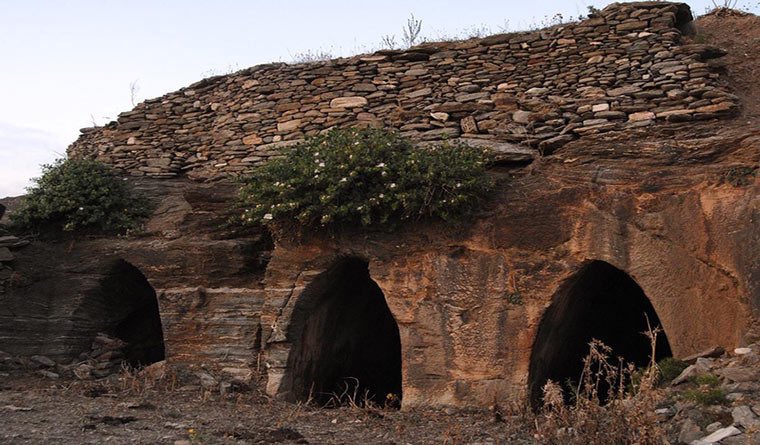
11/ The earliest occupation at the site is found on the islet of Vryokastraki, but so is the latest!
A three-aisled #Christian basilica tells us that life continued at Vryokastro until the 7th century. At that time, the ancient acropolis was used for beekeeping on a large scale!
A three-aisled #Christian basilica tells us that life continued at Vryokastro until the 7th century. At that time, the ancient acropolis was used for beekeeping on a large scale!
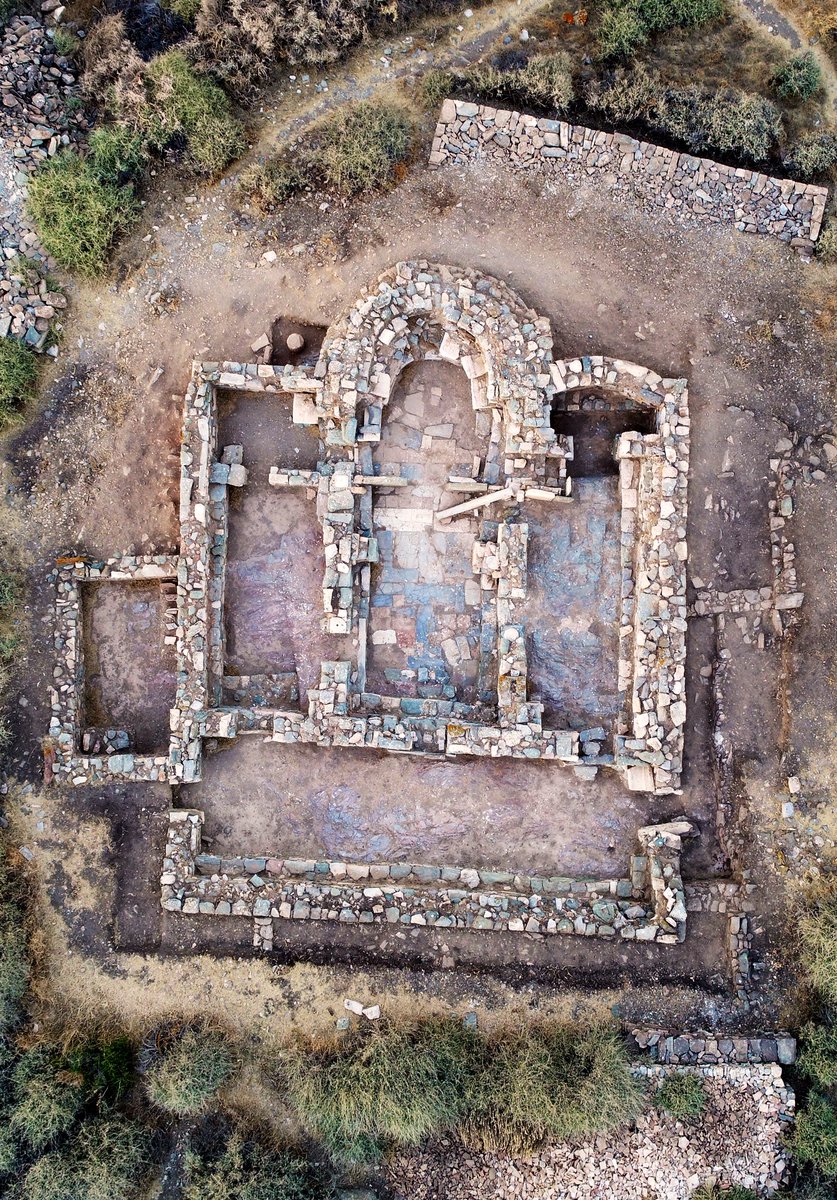
12/ Like many ancient Cycladic cities, Vryokastro was surrounded by a stout fortification wall, complete with towers, gates, & barracks.
The early Archaic wall was built using enormous boulders. A second phase in the Hellenistic period adopts a more delicate trapezoidal masonry!
The early Archaic wall was built using enormous boulders. A second phase in the Hellenistic period adopts a more delicate trapezoidal masonry!

13/13 There’s much more to see at the site of Ancient Kythnos, & don’t forget that it’s next to some of the most beautiful beaches in the Aegean!
If you want to learn more about Vryokastro, visit the @uth_gr archaeological team’s wonderful website at bit.ly/3AhNTF0!
🏺
If you want to learn more about Vryokastro, visit the @uth_gr archaeological team’s wonderful website at bit.ly/3AhNTF0!
🏺

• • •
Missing some Tweet in this thread? You can try to
force a refresh


